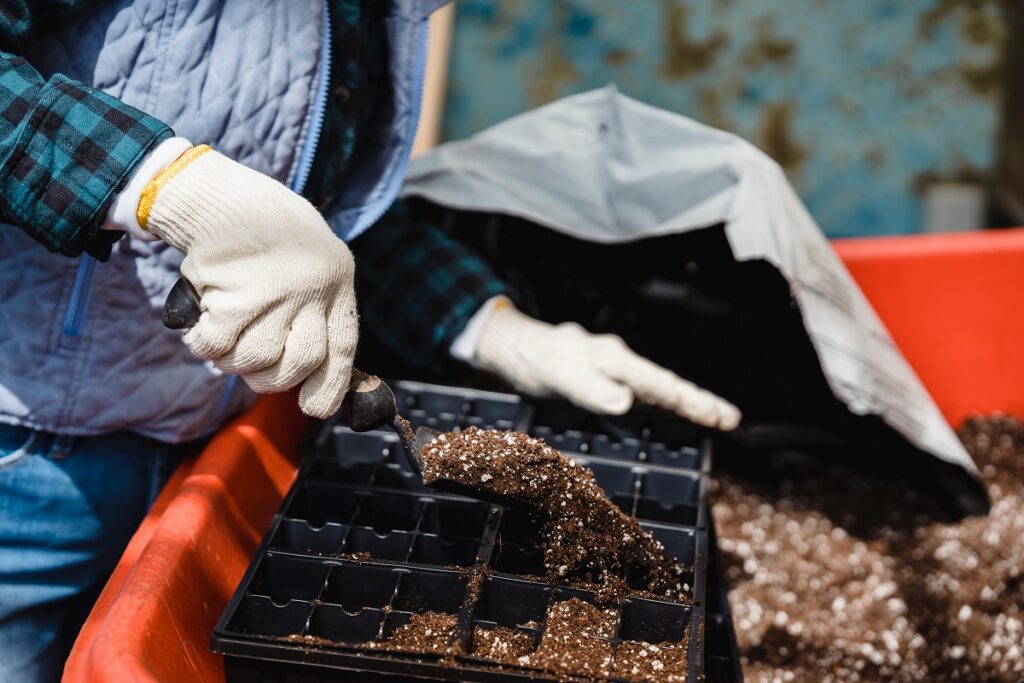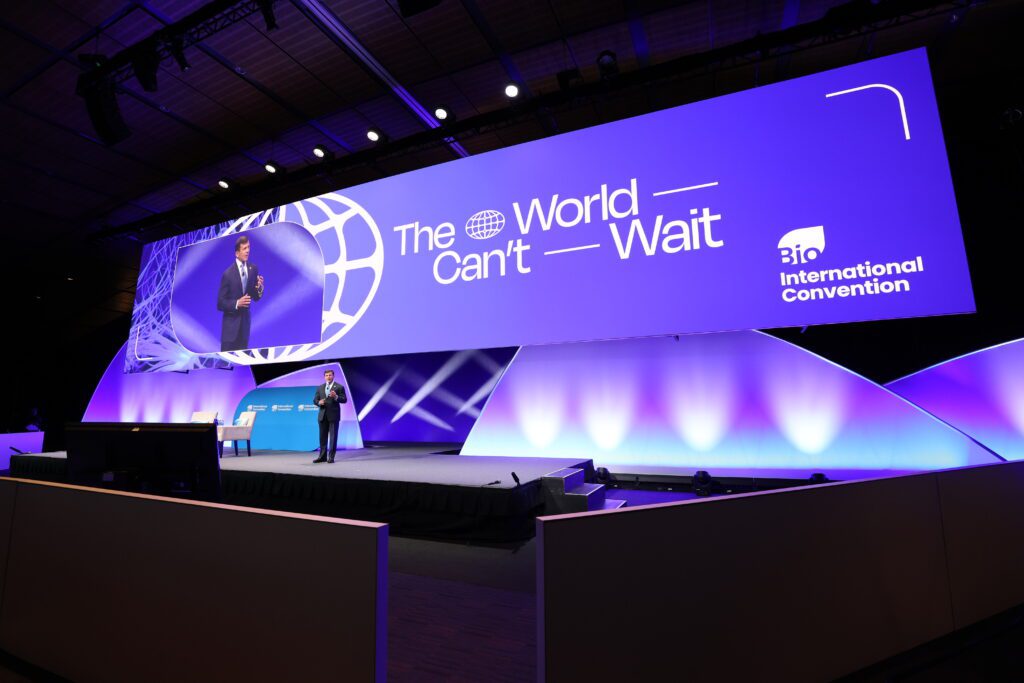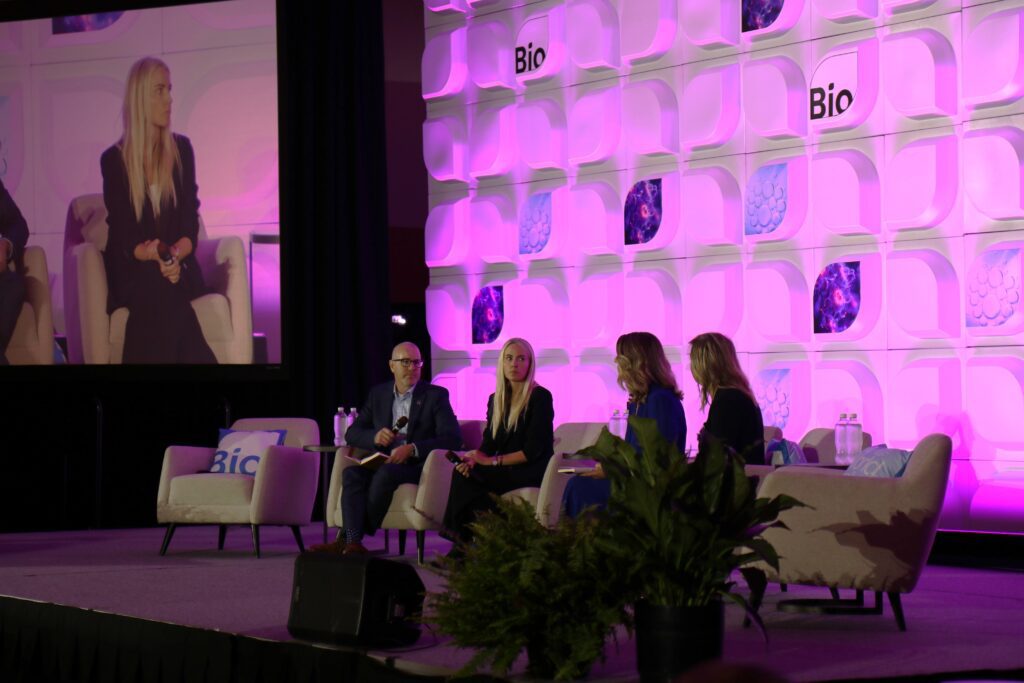As risk of a fertilizer shortage grows, the U.S. Department of Agriculture (USDA) announced it will assist in increased fertilizer production for American farmers in order to address a price increase brought on by the war in Ukraine.
USDA will make $250 million available this summer through a new grant program to boost independent, creative, and sustainable American fertilizer production to supply American farmers. In addition, in order to address competition issues in the agricultural supply chain, USDA announced a public inquiry to gather information on seeds and agricultural inputs, fertilizer, and retail marketplaces.
“Recent supply chain disruptions from the global pandemic to Putin’s unprovoked war against Ukraine have shown just how important it is to invest in this crucial link in the agricultural supply chain here at home,” said Agriculture Secretary Tom Vilsack.
The consequences of the fertilizer crisis
Fertilizer prices continue to hit new highs as Russia’s invasion of Ukraine threatens a large percentage of the world’s fertilizer supply, according to Bloomberg.
As USDA explained, fertilizer prices have more than doubled since last year, owing to a variety of factors, such as Putin’s price hike, a limited supply of relevant minerals and high energy costs, high global demand and agricultural commodity prices, reliance on fertilizer imports, and a lack of competition in the fertilizer industry.
“This is, perhaps, the biggest story few are paying attention to—and it will have huge consequences later this year,” tweeted Bloomberg’s Javier Blas. “Fertilizer may not be the sexiest commodity market, but it’s one of the most important!”
Russia accounts for one-fifth of fertilizer exports globally, and Russia and Belarus together supplied 15% of the world’s fertilizer. Russia and Ukraine are both major grain producers in the world, as well.
The United States is a large importer and reliant on foreign fertilizer, ranking second or third in the world for each of the three primary fertilizer components—nitrogen, phosphorus and potassium. China, Russia, Canada, and Morocco are the largest producers of key fertilizer components, with Belarus also producing a considerable proportion of potash.
According to The New York Times, disruptions in fertilizer and agricultural supply chains might lead to a “global food crisis,” ranging from increased grocery expenditures in the United States to starvation in countries that rely on Russia and Ukraine for food essentials.
Next-generation fertilizers can ease the problem
Biotechnology has the potential to assist address the fertilizer shortage. Synthetic biology is already being used in the industry to create “next-generation fertilizers,” as well as gene editing and other technologies to allow crops to grow with less fertilizer.
California based Pivot Bio, for instance, is changing the way fertilizer is manufactured and utilized by farmers throughout the world. Pivot Bio’s microorganisms provide farmers with more efficient and sustainable nitrogen to power their crops, from their ecologically sound fermentation manufacturing method through their zero waste and zero footprint.
Another noteworthy example is Fertinagro Biotech from Spain, which has patented a method that will aid in the long-term fixation of nitrogen in soil. This microbial stimulation fertilizer method boosts the biological fixation of atmospheric nitrogen in the soil. The method will provide alternative nutritional solutions by reducing the quantity of conventional nitrogen fertilizer required for nutrition, while also lowering environmental expenses and assisting in the sustainability of agriculture.
Read More: White House will host the first food insecurity conference in 50 years




